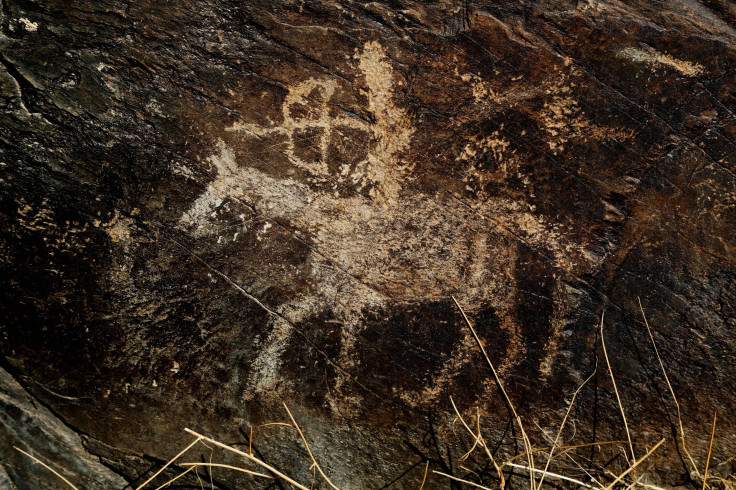Ancient Hunter Gatherers And Farmers Had Children Together, Study Finds
Ancient hunter-gatherers and farmers may have had a much closer relationship than previously assumed, according to a new study. Researchers at the University of Potsdam in Germany analyzed four ancient human genomes from the area now known as Romania from between 8.8 thousands and 5.4 thousand years ago to determine just how related the two groups might have been.
In a study published Thursday in the journal Current Biology, researchers said the analysis revealed that the genomes had ancestry relating to Western hunter-gatherers as well as Anatolian farmers.
Read: Oldest Fossils Discovered In Canada Hint At Origins On Earth And Life On Mars
“We expected some level of mixing between farmers and hunter-gatherers, given the archeological evidence for contact among those communities,” said Michael Hofreiter, one of the study’s co-authors, according to Phys.org. “However, we were fascinated by the high levels of integration between the two communities as reconstructed from our ancient DNA data.”
The findings shed light on the complex nature of relationships between groups of ancient peoples, contributing to a debate about when people switched from hunting and gathering to farming. Past studies argued that ancient hunter-gatherers and farmers, while they lived alongside each other, interbred very rarely.

A 2013 study that analyzed fossil skeletons taken from the Blatterhohle Cave near Hagen in North Rhine-Westphalia showed that hunter-gatherers lived alongside farmers, but coexisted for 2,000 years without mating. Researchers involved in the study said it was evidence that the hunter-gatherer lifestyle died out later than previously assumed.
“It is commonly assumed that the Central European hunter-gatherers disappeared soon after the arrival of farmers,” Ruth Bollongino, lead author of the study, said at the time. “But our study shows that the descendants of Mesolithic Europeans maintained their hunter-gatherer way of life and lived in parallel with the immigrant farmers, for at least 2,000 years.”
The new evidence from the University of Potsdam’s study showed otherwise, providing evidence that the two groups did, in fact, mix to a much greater degree.
Read: Gigantic Penguins Lived With Dinosaurs 65 Million Years Ago, Fossils Show
“Our study shows that such contacts between hunter-gatherers and farmers went beyond the exchange of food and artifacts,” said Hofreiter. “As data from different regions accumulate, we see a gradient across Europe, with increasing mixing of hunter-gatherers and farmers as we go east and north. Whilst we still do not know the drivers of this gradient, we can speculate that, as farmers encountered more challenging climatic conditions, they started interacting more with local hunter-gatherers. These increased contacts, which are also evident in the archaeological record, led to genetic mixing, implying a high level of integration between very different people.”
The research team said it hoped to explore next how and why the dynamics between the two groups led to such different outcomes.
SaveSaveSaveSaveSaveSaveSaveSaveSaveSaveSaveSave
© Copyright IBTimes 2024. All rights reserved.






















